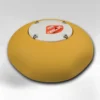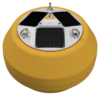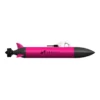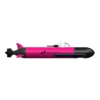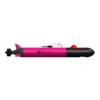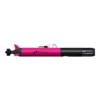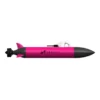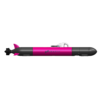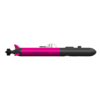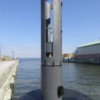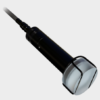Sensors
- ADCPs
- Algae / HABs
- Blue-Green Algae
- CDOM / FDOM
- Chlorophyll
- Color
- Conductivity
- Crude Oil
- Currents
- Cyanobacteria
- Dissolved Iron
- Dissolved Oxygen
- e-DNA
- Field Cameras
- Fluorescein
- Nitrate
- Nitrite
- Nutrients
- Oil in Water
- pH
- Phosphate
- Phycocyanin
- Phycoerythrin
- PhytoPP
- Precipitation
- Refined Fuels
- Rhodamine WT
- Salinity
- Silicate
- Suspended Sediments
- Temperature
- Tryptophan
- Turbidity
- Turbulence
- Wastewater
- Water Level
- Wave Height
- Weather
PTM Systems
-
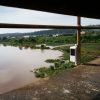 Power and Telemetry Module (PTM)
$1,395.00
Power and Telemetry Module (PTM)
$1,395.00 -
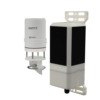 Weather Station
$4,550.00
Weather Station
$4,550.00 -
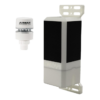 Offshore Weather Station
$4,550.00
Offshore Weather Station
$4,550.00 -
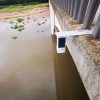 Level Gauge
$3,165.00
Level Gauge
$3,165.00 -
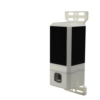 Time-Lapse Camera
$1,335.00
Time-Lapse Camera
$1,335.00 -
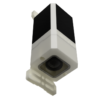 HQ Time-Lapse Camera
$2,450.00
HQ Time-Lapse Camera
$2,450.00 -
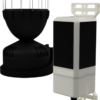 Rain Gauge
$1,550.00
Rain Gauge
$1,550.00 -
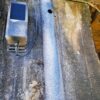 CT Station
$3,100.00
CT Station
$3,100.00 -
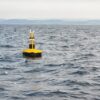 Wave Module
$3,055.00
Wave Module
$3,055.00 -
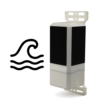 Radar Wave Gauge
$3,600.00
Radar Wave Gauge
$3,600.00 -
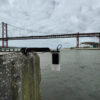 Pressure Wave Gauge
$3,055.00
Pressure Wave Gauge
$3,055.00 -
 Global Sim Card
$150.00
Global Sim Card
$150.00
Wave Buoys
Microscopes
-
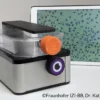 Cell Imager Microscope
$3,275.00
Cell Imager Microscope
$3,275.00 -
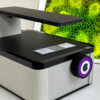 Compact Cell Imager with Fluorescence
$8,000.00
Compact Cell Imager with Fluorescence
$8,000.00 -
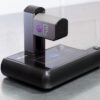 Portable Fluorescence Microscope
$3,150.00
Portable Fluorescence Microscope
$3,150.00 -
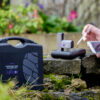 ioLight Microscope Case
$130.00
ioLight Microscope Case
$130.00 -
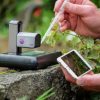 Digital Field Microscope
$1,300.00 – $1,400.00
Digital Field Microscope
$1,300.00 – $1,400.00 -
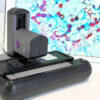 Digital Field Microscope with XY Stage
$1,830.00 – $1,900.00
Digital Field Microscope with XY Stage
$1,830.00 – $1,900.00 -
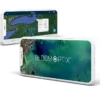 BloomOptix AI Starter Kit
BloomOptix AI Starter Kit



